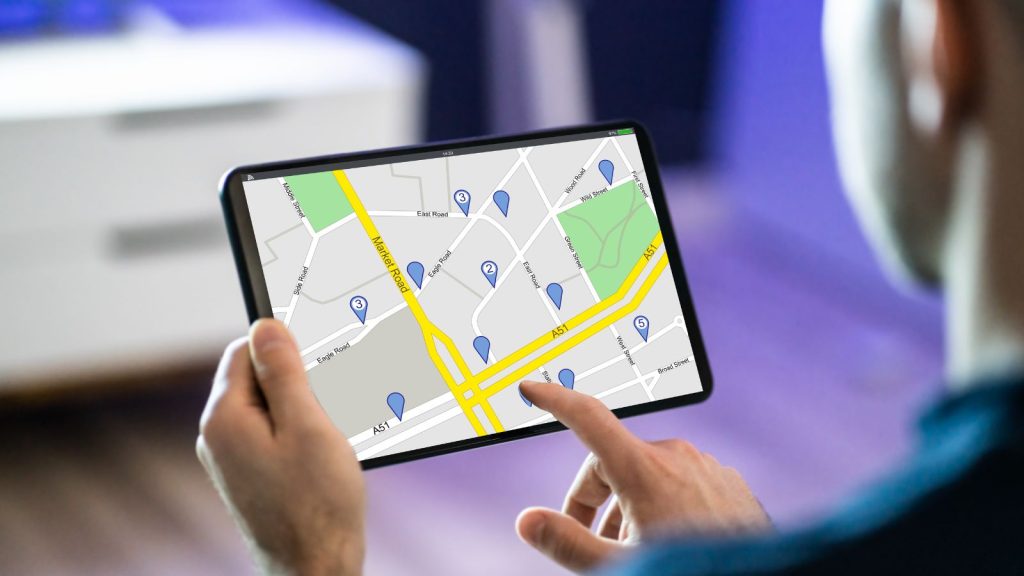Image Management
In the digital age, images are the lifeblood of modern businesses. From product photos to marketing visuals, the effective management of images can significantly impact your organization’s efficiency, brand consistency, and overall success. If you’re currently grappling with manual image management processes, it’s crucial to convey the following eight key points to your boss, shedding light on the challenges and opportunities that lie in your photo management strategy.
1. Where is my image?
First and foremost, it’s essential to address the issue of location. Are your pictures scattered across multiple devices and file servers? This disjointed approach not only consumes valuable time but also incurs unnecessary costs and resource allocation. Streamlining storage into a centralized repository can dramatically improve organizational efficiency and accessibility.
2. Not thumbnails again, right?
Thumbnail generation is often a time-consuming process. Your boss may wonder if there’s a way to expedite the creation of lower-quality thumbnails without burdening team members. Exploring tools and solutions that can automate this process will not only save time but also ensure that preview photos are readily available when needed.

3. What is up with all these formats?
Your organization likely deals with a variety of formats, including .jpg, .png, .psd, and others. It’s essential to inform your boss about image management platforms designed to handle these different file formats efficiently. A robust photo management solution should seamlessly accommodate the most commonly used formats, simplifying the storage and retrieval process.
4. This has got to be possible, right?
Consolidating visual content is a strategic move that can significantly benefit your organization. Can photos and videos coexist in the same central repository? Combining these assets simplifies management, offers economies of scale, and accelerates retrieval. Moreover, this configuration also speeds up overall image management, since you don’t have to go to multiple platforms to get everything you need.

5. Please say yes
If we use software to store pictures, can we connect it to our product information management system? Your Product Information Management (PIM) system is a critical component of your organization’s workflow. Inform your boss about the importance of integrating asset management software with your PIM system. This integration ensures that product information and associated pictures are readily accessible, enhancing the efficiency of your product data processes.
6. CTRL
Maintaining control over who can access files is essential for safeguarding your assets. It’s important to clarify to your boss that the management solutions can provide robust user access control features. These features enable tailored access permissions, ensuring that employees only have access to the assets relevant to their roles, enhancing security and data integrity.
7. How do partners play into this?
Collaborating with partners and ensuring they have access to the right pictures is paramount. Inaccurate or inconsistent branding can harm your sales efforts. Explain to your boss how your current solution addresses partner needs, such as providing them with access to the latest marketing collateral, product photos, and branding assets.
8. Please say no
Do you have to update resources manually across all channels? Manually updating digital resources across various channels can be a daunting task, especially when dealing with numerous partners and platforms. Make it clear that your organization can benefit from a solution that automates updates, allowing for efficient and simultaneous updates across multiple channels. This streamlined approach saves time, minimizes errors, and ensures brand consistency.

Choosing the Right Image Management Solution
When it comes to addressing these management challenges, it’s crucial to underscore the importance of implementing the right solution. A Digital Asset Management (DAM) system can comprehensively address many of the points discussed above. A robust DAM system, such as the one offered by Catsy, can not only meet these requirements but also provide additional functionality that can revolutionize your photo and data management processes.
Catsy: Empowering Image Management and Beyond
Catsy offers a powerful Digital Asset Management (DAM) system designed to address the complex management needs of modern businesses. By centralizing picture storage and providing efficient tools for organization and retrieval, Catsy streamlines workflow processes enhances data accuracy and accelerates time-to-market.
Here’s how Catsy can benefit your organization:
1. Centralized Image Repository: Catsy offers a centralized repository for storing, eliminating the need for scattered storage solutions. This consolidation simplifies image management and retrieval.
2. Thumbnail Generation: Catsy can automate thumbnail generation, ensuring that lower-quality previews are readily available without manual intervention.
3. Diverse Format Support: Catsy is equipped to handle various formats, making it versatile enough to accommodate your organization’s needs.
4. Multimedia Integration: Catsy allows you to store both images and videos in one central location, streamlining multimedia asset management.
5. PIM Integration: Catsy seamlessly integrates with Product Information Management (PIM) systems, providing your organization with a unified platform for product data and associated photos.
6. User Access Control: Catsy offers robust user access control features, allowing you to define and manage permissions, enhancing security and data integrity.
7. Partner Collaboration: Catsy enables efficient collaboration with partners by providing them with access to the latest marketing collateral, product pictures, and branding assets.
8. Automated Image Updates: Catsy automates updates across multiple channels, ensuring efficiency and brand consistency.
Conclusion
In today’s digital landscape, effective image management is not just a matter of convenience; it’s a strategic imperative. The way your organization manages digital resources can impact efficiency, brand consistency, partner relationships, and overall success. It’s crucial to communicate to your boss the importance of addressing management challenges and adopting a robust solution like Catsy.
A well-implemented image management system not only streamlines processes but also empowers your organization to make informed decisions, enhance productivity, and stay ahead of the competition. By centralizing assets, automating tasks, and integrating with essential systems like PIM, Catsy provides a comprehensive solution to elevate your image management strategy.
In the era of digital transformation, choosing the right image management solution is not just about managing pictures; it’s about positioning your organization for growth and excellence in an increasingly competitive landscape. Embrace the power of efficient image management, and pave the way for success in the digital age.
To learn more about Catsy sign up for a demo at https://catsy.com/contact-us.


